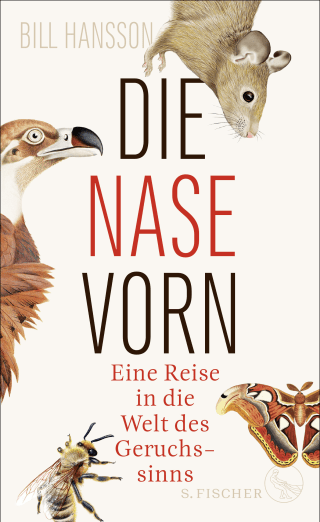Smelling to Survive
Amazing stories from the world of the sense of smell
- The Director of the Max Planck Institute for Chemical Eco- logy opens the doors of his lab
- Sense of smell around the world – from Christmas Island to the forests of Ontario
- Full English translation available
translated by: Sebastian Vogel
Contact Foreign Rights
Sample Translations
Rights sold to
WEL (Legend Times) | CZ (mapcards.net) | ES (Critica) | F (Éditions QUAE) | IT (Aboca) | J (Aki Shobo) | KOR (Nikebooks) | RO (Baroque) | PRC (chin simp) (Liaoning) | RUS (Bombora/Exmo) | SE (Fri Tanke) | TW (Faces Publishing)
- Publisher: S. FISCHER
- Translated by: Sebastian Vogel
- Release: 27.10.2021
- ISBN: 978-3-10-397063-0
- 400 Pages

